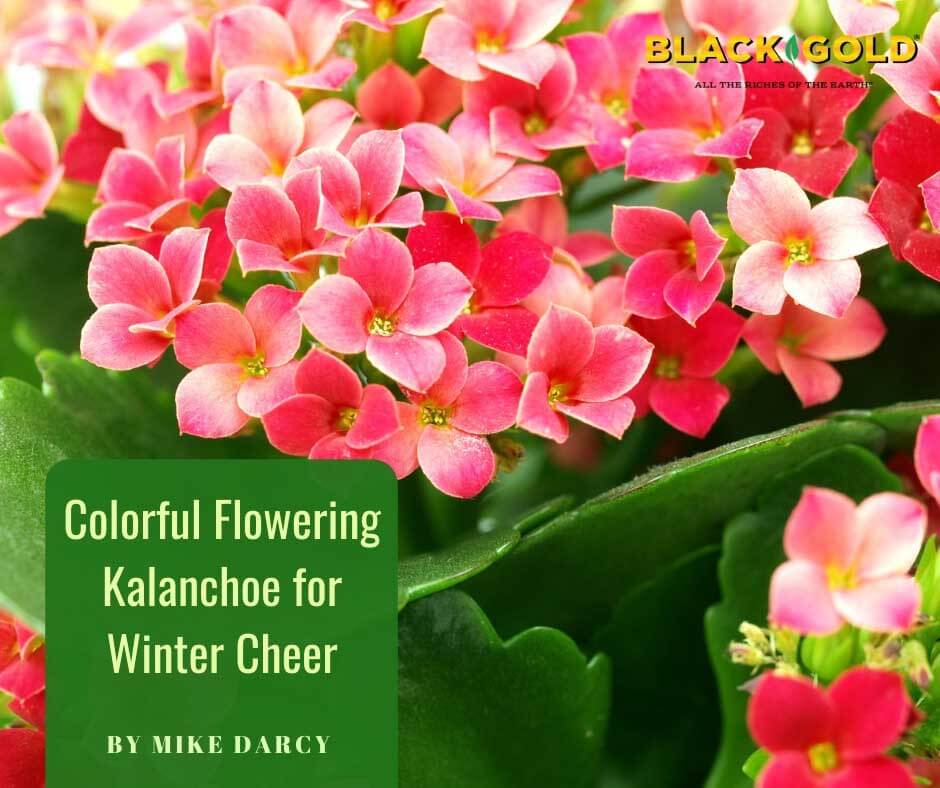
Do you seek a cheerful holiday plant that will look good in your home all season long? One of the best is the succulent flowering kalanchoe (Kalanchoe blossfeldiana, USDA Hardiness Zones 10-11). Unlike the top-selling poinsettia, it is tough, easy to grow, and always looks good.
Garden sticklers (like me) like plant names to be pronounced correctly, and kalanchoe is not exactly an easy name that rolls off the tip of the tongue. The correct pronunciation is /ka·luhn·koe·ee/, however, it is often incorrectly pronounced as the name looks, /ka·lan·choe/. Regardless of how it is pronounced, it makes a very colorful indoor plant for the high holidays.
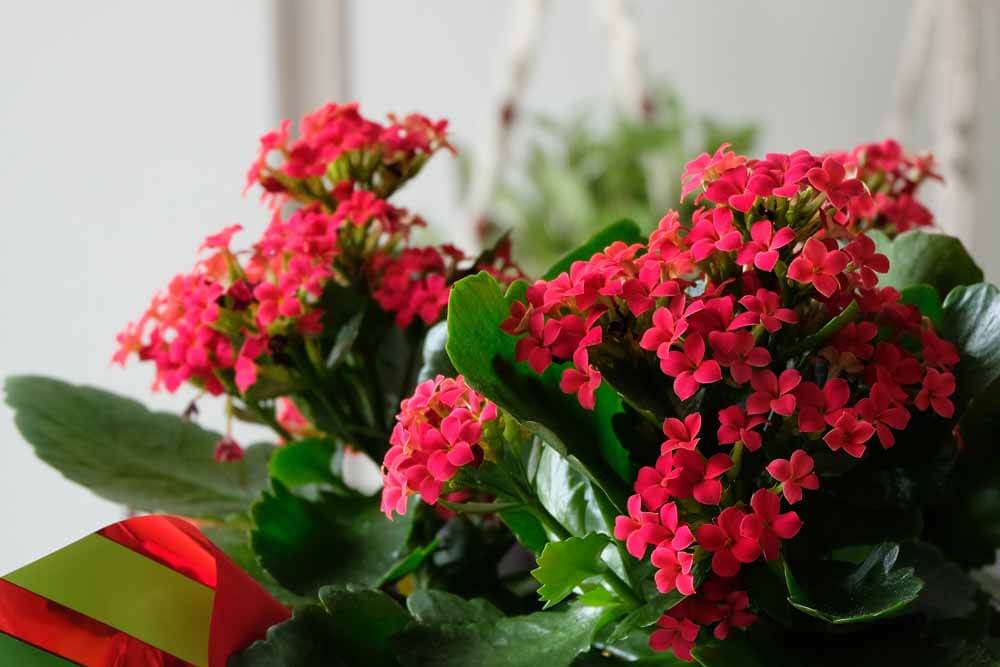
Flowering kalanchoe is a classic holiday plant in Europe, but it is less so in the United States. It’s hard to understand why. The tough succulent from Madagascar makes an attractive, long-lived house plant with robust clusters of starry, four-petaled flowers that come in a variety of colors, with red and white being most popular at this time of the year. (Flowers are also available in shades of purple, pink, yellow, and orange, and double forms are popular.) Plants are forced into bloom in winter, but they naturally flower in spring, so expect a new flush later in the season. During the rest of the year, enjoy their attractive large, glossy leaves with scalloped edges.
As a house plant, flowering kalanchoe has another distinction. It is featured in NASA’s 29 best air-purifying house plants. I did some checking on this list, and even though it does rank at #28, it made it!
Four Beautiful Flowering Kalanchoe Varieties
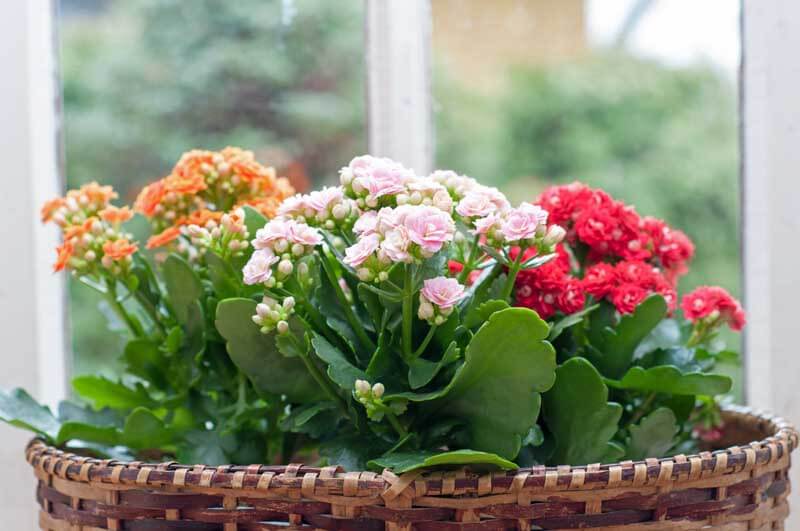
The most common and best of the kalanchoe on the market are bred in the Netherlands by the company Dümmen Orange. They breed high-performing plants with dense flower clusters in a wide color range. The most famous varieties include those in the Calandiva® Series, which have large, heavy blooming clusters of fully double flowers that come in many shades (the Grandiva® Series is similar but flowers are larger). Compact plants in the Calanday® Series are very densely branched and flowered. Plants in these series are some of the easiest to find at nurseries and greenhouses, and they all make excellent house plants.
Flowering Kalanchoe Selection and Care
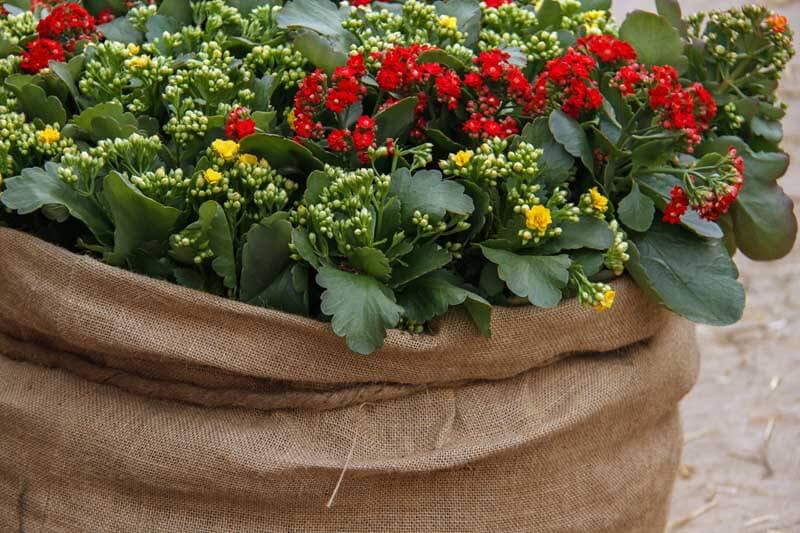
For the longest length of bloom select plants that have tight flower buds or are just starting to open and show some color. Those purchased at this stage will often continue blooming for up to eight weeks. The healthiest will have many glossy, undamaged leaves.
Because they originate from the tropics, flowering kalanchoe will not survive a winter outside unless you live in southern Florida or southwestern California. Give them plenty of bright sunlight from a south-facing window in winter, but when taken outdoors in summer direct sun can burn their leaves, so choose a spot with bright shade.
Water lightly in the winter. Wait until the soil is dry to the touch, usually after 7-10 days. Often plants will have a foil wrapper around them, so be sure to remove that when watering. Water them in the sink, and let the excess water drain before putting the foil wrapper back around the plant. Place a dish at the base for safety. In spring and summer, plants will dry out more quickly and require more frequent watering.
Propagating Flowering Kalanchoe
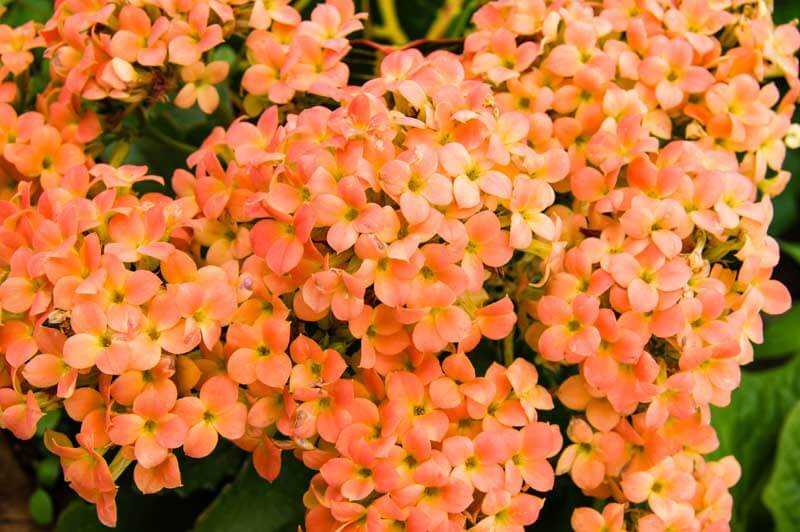
Kalanchoe is very easy to start from cuttings. This is a good learning tool for children because of the leaves root quickly and are fun to grow. Cut a stem 4-5 inches long, and after cutting let it lay on a paper towel for several days until the cut end seals over. Then 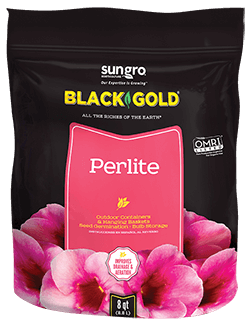 place the cutting in a small pot with Black Gold® Perlite. It will root in no time and start to grow! Have your child pick a pretty, well-drained pot for it, fill it with Black Gold® All Purpose Potting Mix, plant it, give it good care, and watch it bloom and grow.
place the cutting in a small pot with Black Gold® Perlite. It will root in no time and start to grow! Have your child pick a pretty, well-drained pot for it, fill it with Black Gold® All Purpose Potting Mix, plant it, give it good care, and watch it bloom and grow.
So, when you purchase a colorful flowering kalanchoe, remember it has multiple uses. Enjoy the colorful flowers it can bring into a home on a dreary winter day. With little care, these plants will continue to flower for many weeks. It also makes a delightful host/hostess gift. Don’t overlook this plant at other times of the year as well.

